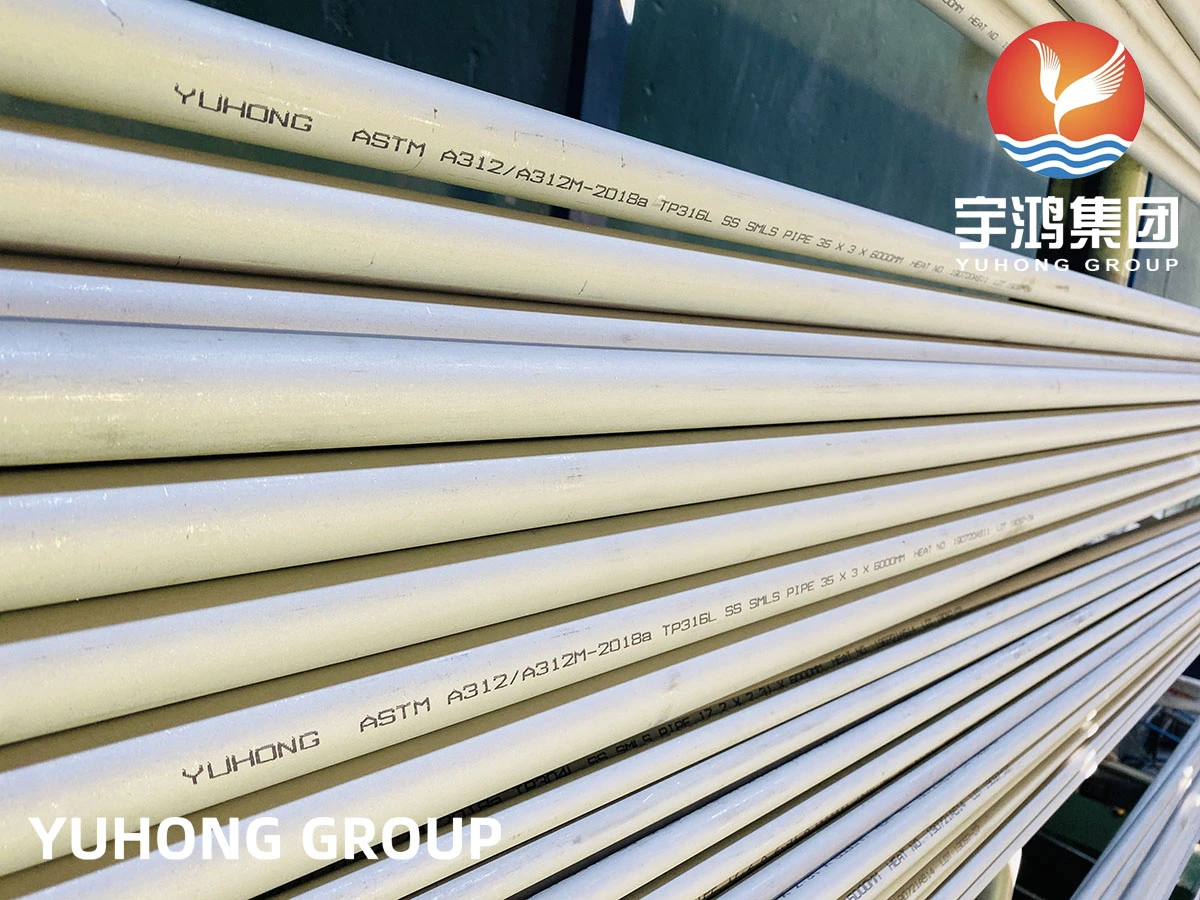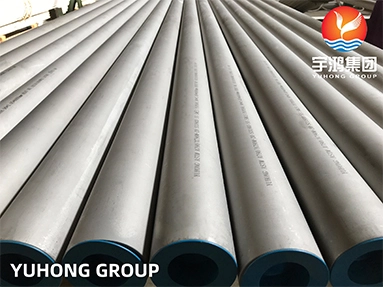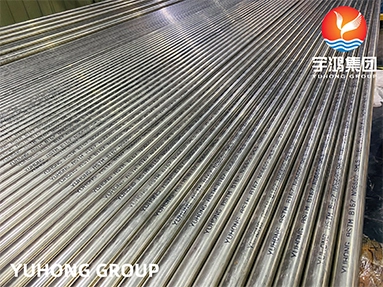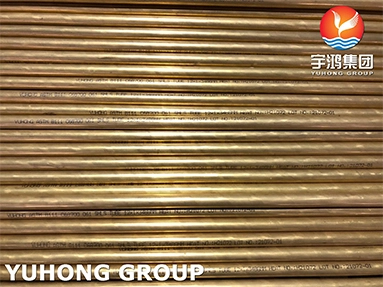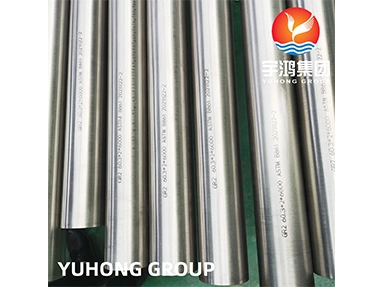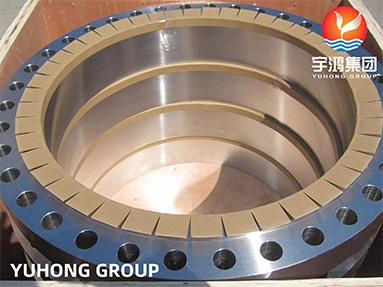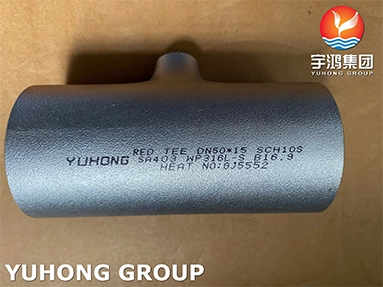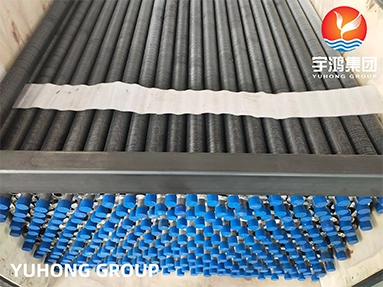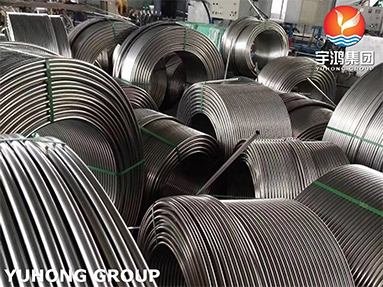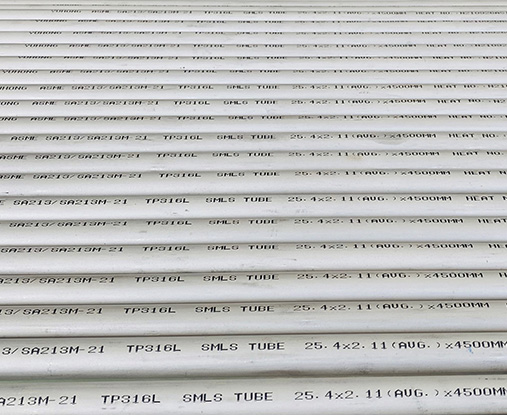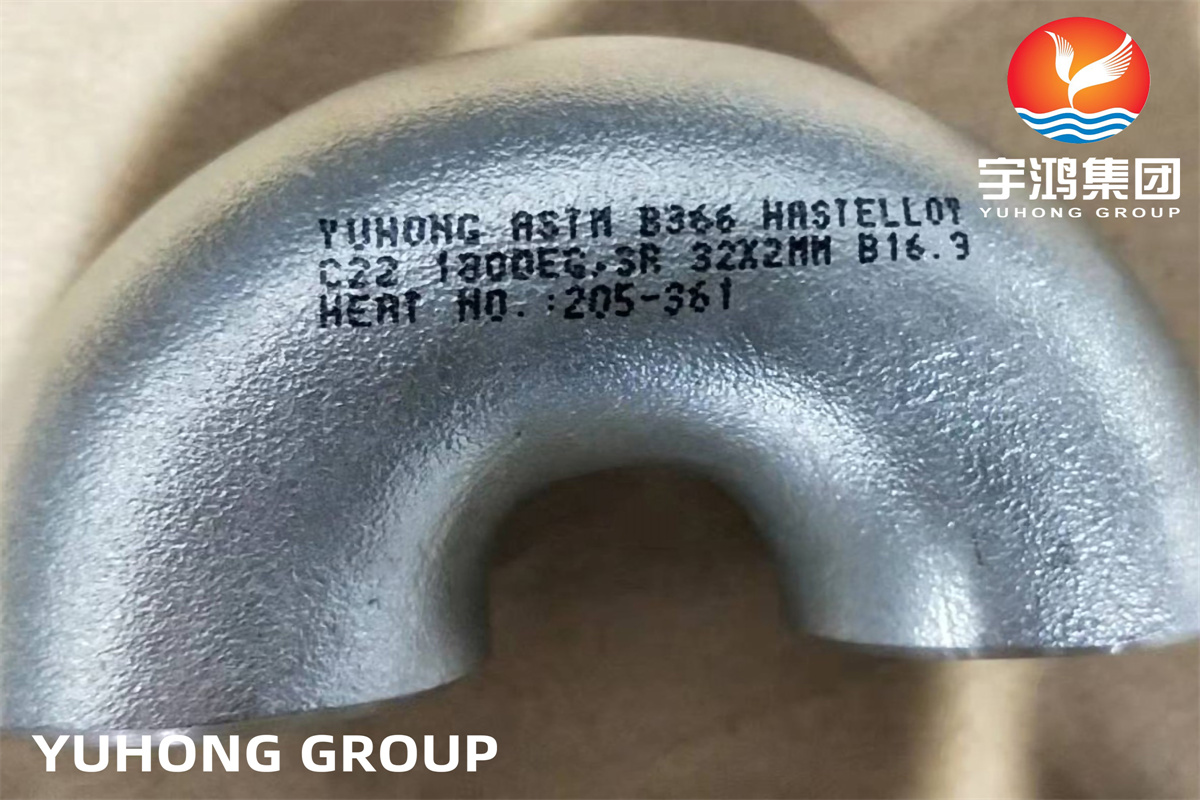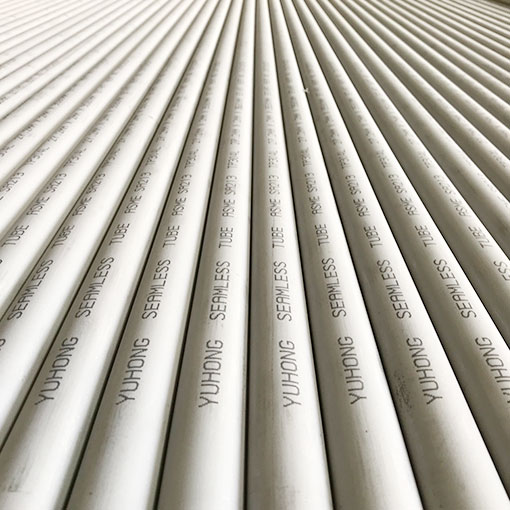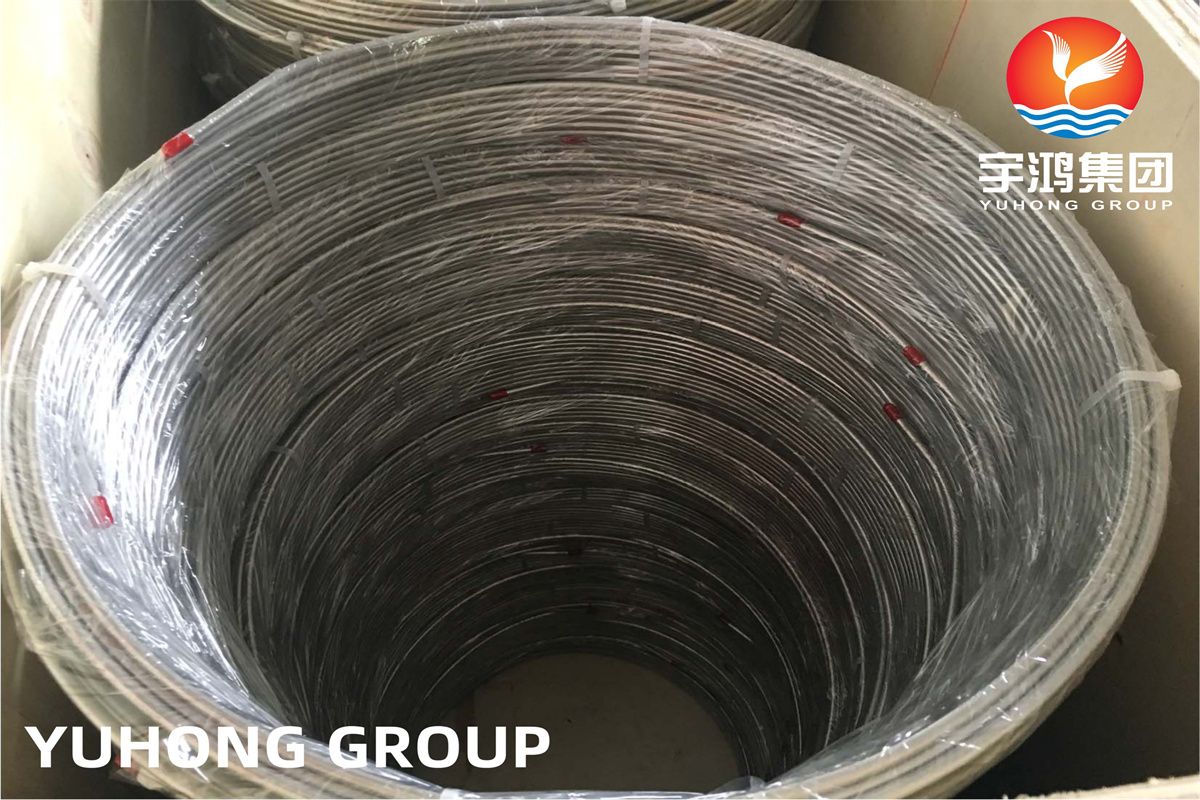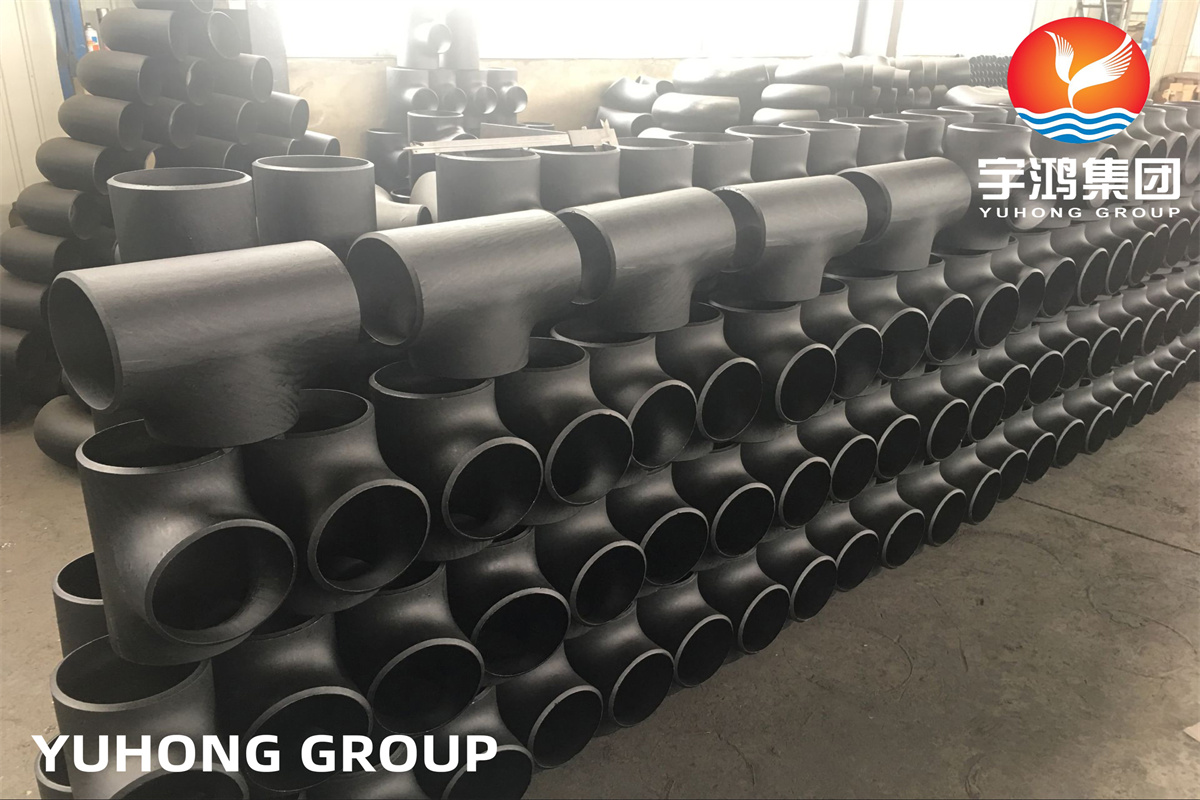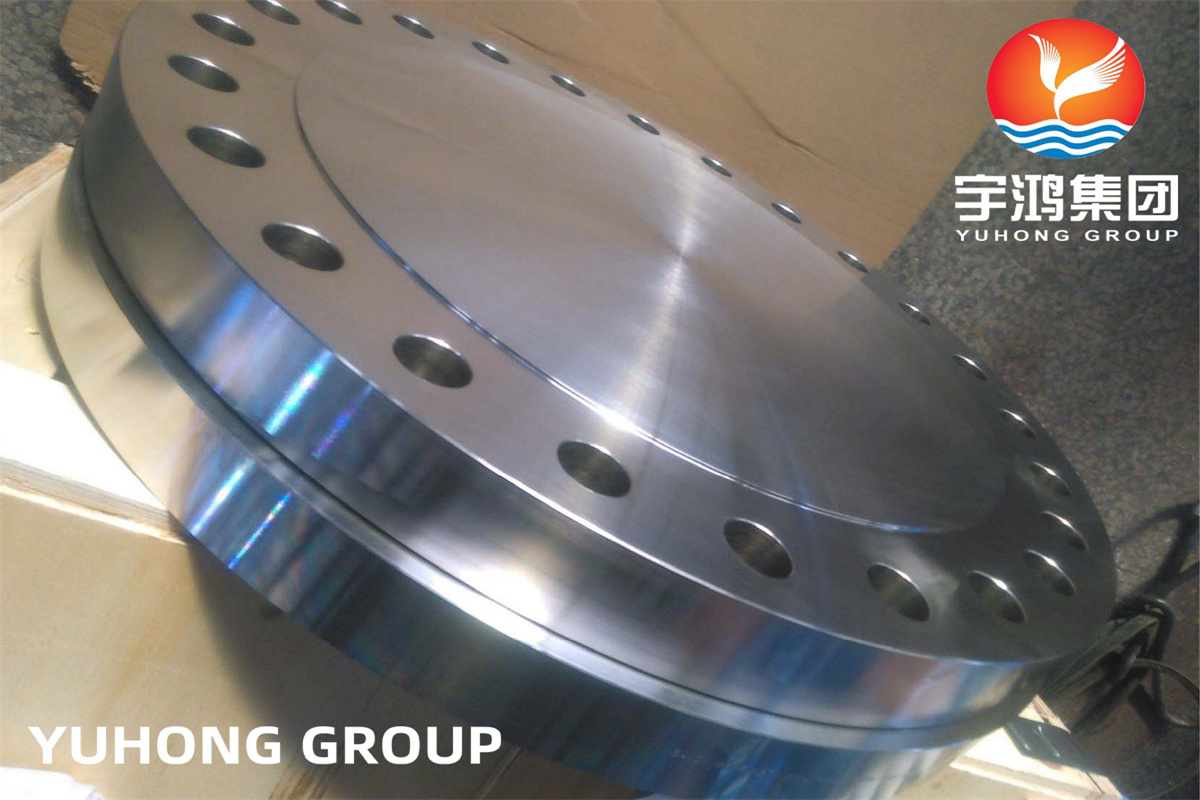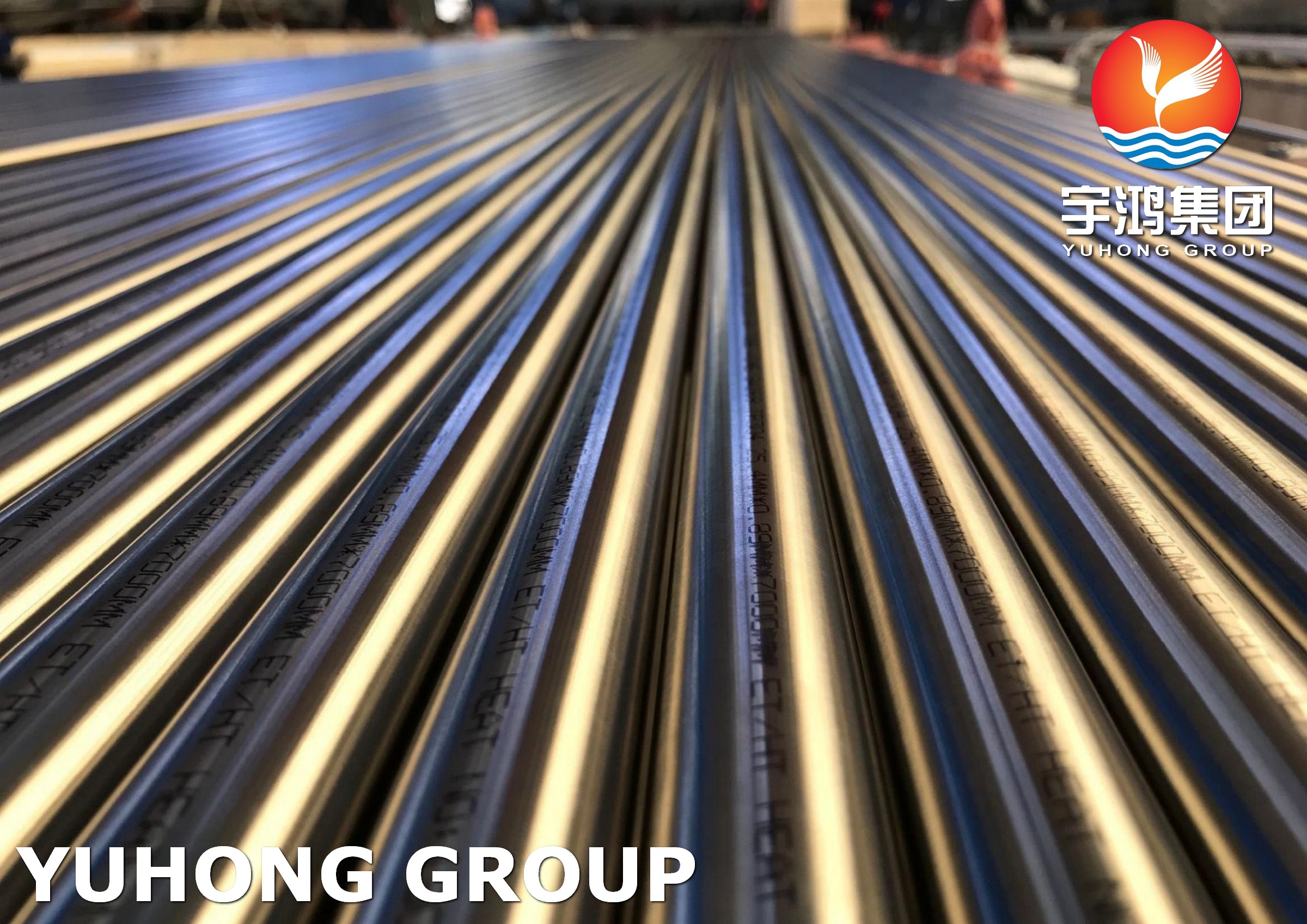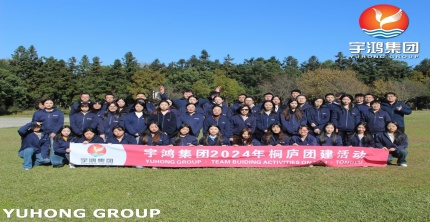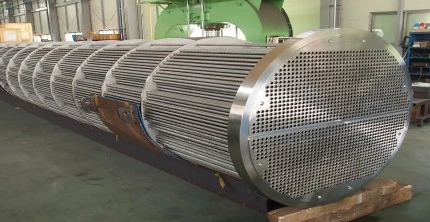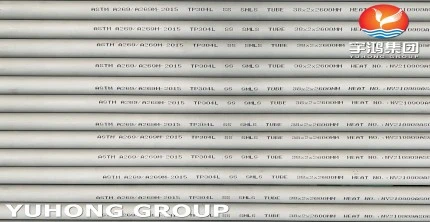As a mature heat treatment process, high-frequency quenching plays an important role in the industrial field. However, some problems often arise during the manufacturing process.
Quenching Cracks
Never overheat during high frequency quenching. Overheating is likely to occur around edges, keyways, and holes, which can easily cause quenching cracks. It is necessary to make these parts round, or to put copper sheets in the keyways and holes. Because high-frequency quenching causes the surface layer to be heated and the surface layer to be quenched, the surface layer is where thermal stress and tissue stress work together.
If the surface layer is only heated without hardening, tensile stress will be generated on the surface layer; if it is hardened, the thermal stress will be greater than the phase change stress, and compressive stress will be generated.
If the high-frequency quenched parts are subjected to high-frequency tempering, cracks similar to grinding cracks will occur on the surface. Therefore, it is safer to temper parts after high-frequency quenching in an electric furnace. If high-frequency tempering is necessary, low-frequency heating must be used.
Soft Spots
High-frequency quenched parts sometimes produce dark purple bands on the surface that appear during rotational movement quenching. These colored areas are quenching soft spots with low hardness. If they are slightly ground, these colors will disappear, but the soft spots will still exist.
This is caused by the water spray holes being blocked by dust and the size and number of holes being inappropriate. This phenomenon can be overcome by changing the water nozzle to a slit type or using water-soluble quenching fluid instead of water spray.
Peeling
If the cross-section hardness gradient changes sharply, spalling will occur during the hardening process. Therefore, it is best to use preheating to deepen the hardened layer. It is very convenient to use the induction coil to preheat when preheating.
In addition, if quenching and tempering is performed before high-frequency quenching, the hardenability can be uniform and deep, which is effective in preventing peeling.
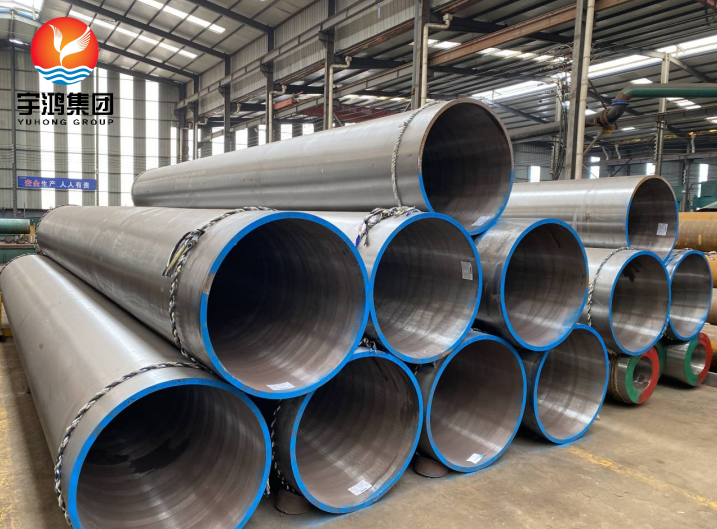

 English
English